A significant number of people are unaware of the difference between satin and silk, often falling victim to misleading marketing that results in them paying much more than a product is worth. The lack of transparency about the fibers used can lead to confusion and dissatisfaction.
In the collective spirit, both silk and satin are considered luxurious materials, frequently utilized in the design of elegant clothing. However, it’s important to understand that satin is not a type of fabric itself but a specific weaving technique. This method can be applied to various fibers, including silk, cotton, wool, and polyester. Therefore, highlighting the fiber used is essential, as it ultimately determines the quality and characteristics of the final textile.
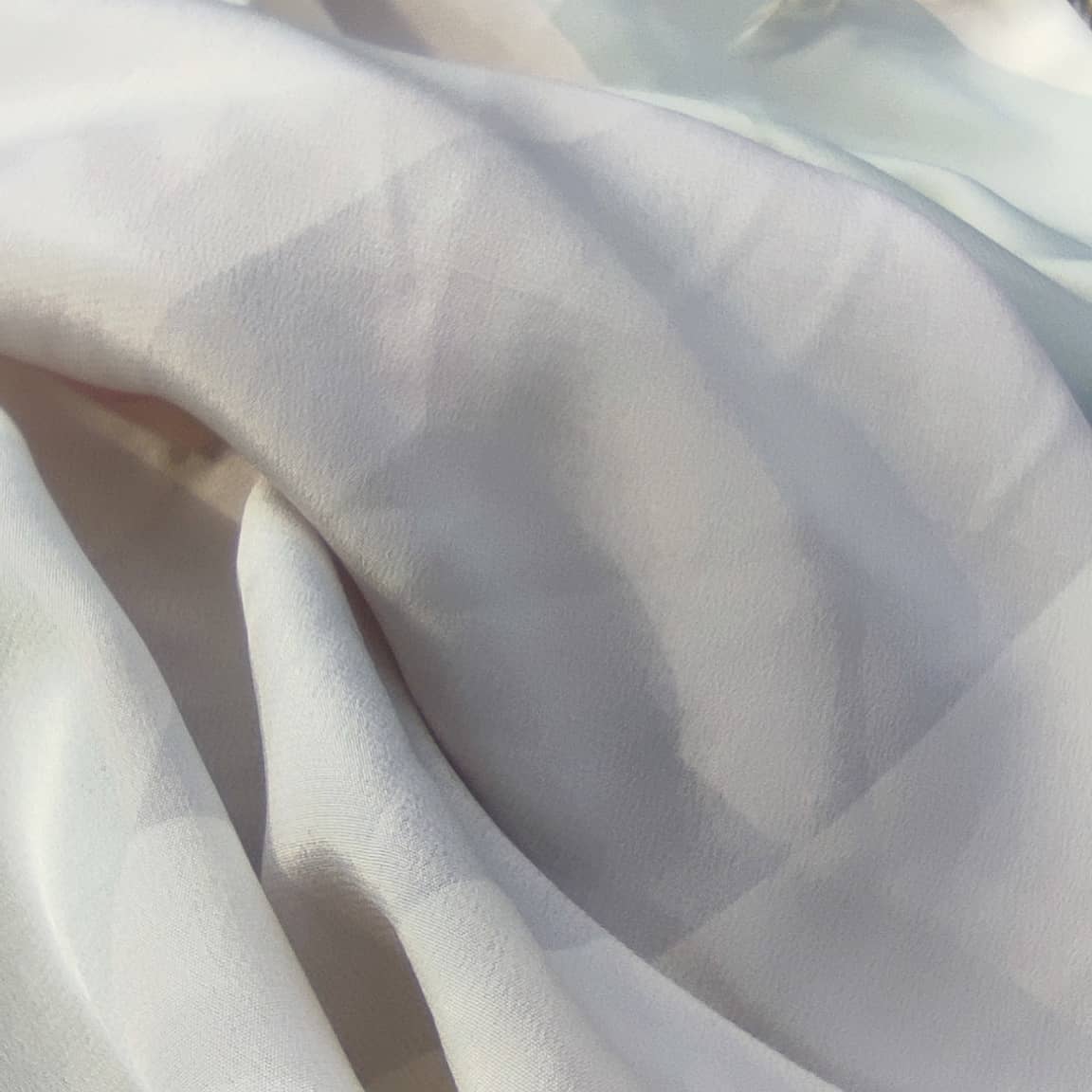
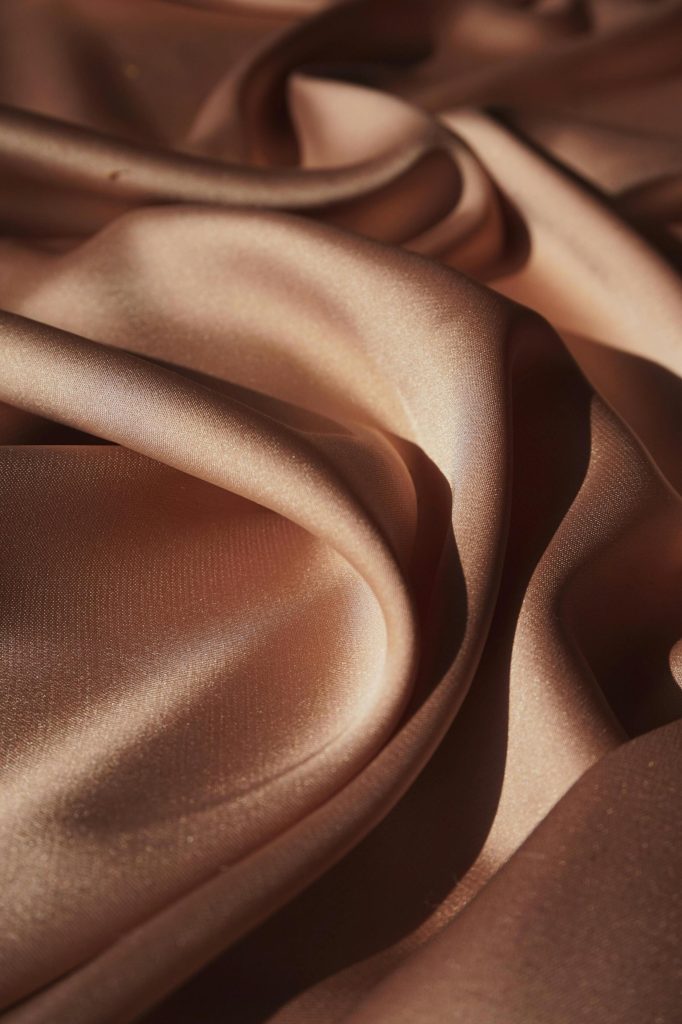
From ancient Asia to modern elegance
Silk, a natural fiber produced by silkworms as they create their cocoons, has a rich history that dates back to ancient Asia, around 2000 to 3000 BCE. The silk thread is made up of fibroin, a protein abundant in beneficial amino acids like alanine, glycine, and serine, giving silk its renowned softness and breathability. The production of silk is an intricate process, requiring approximately 11 kg of fresh cocoons to yield just 1 kg of silk thread, which contributes to its status as a luxury material.
Silk and satin may both feel luxurious, but did you know satin isn’t a fabric at all? It’s a weaving technique that can transform a variety of fibers—making the choice of fiber essential to the quality and feel of your garment.
On the other hand, satin refers to the weaving technique that results in smooth, glossy fabrics. Although it was originally made from silk, today’s satin can be crafted from various fibers, including animal, plant, or synthetic materials. This versatility allows for a range of textures and finishes, but it also means that the type of fiber used significantly impacts the final product’s quality and ecological footprint.
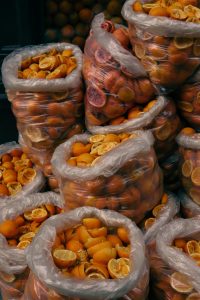

At Magbago, we prioritize responsible and sustainable practices, which is why our collections feature innovative materials like Orange Fiber, Banana Fabric, Lotus, high-quality wool, and natural silk.
Orange Fiber, in particular, is an exciting option. Made from cellulose derived from orange peels, it serves as a healthy alternative not only to natural silk but also to synthetic fibers like polyester. This biodegradable material requires minimal chemicals in its production process and boasts an array of phytonutrients, such as beta-carotene and vitamins, providing UV protection while maintaining a silk-like softness.
Feel-Good fashion
The inclusion of these materials in our designs reflects Magbago’s commitment to creating clothing that embodies luxury while being mindful of the planet and the health of our customers. By choosing materials like silk and Orange Fiber, we ensure that our garments are both stylish and sustainable, allowing you to make informed decisions that align with your values.
In a world where transparency is key, understanding the differences between materials is essential for consumers. With Magbago, you can trust that we are dedicated to providing you with high-quality, sustainable clothing that not only looks good but feels good for you and the environment.
So, next time you shop, remember to ask about the fibers used and embrace the luxury of knowing you’re making a responsible choice.
By Tamara Djuric
Top of Form

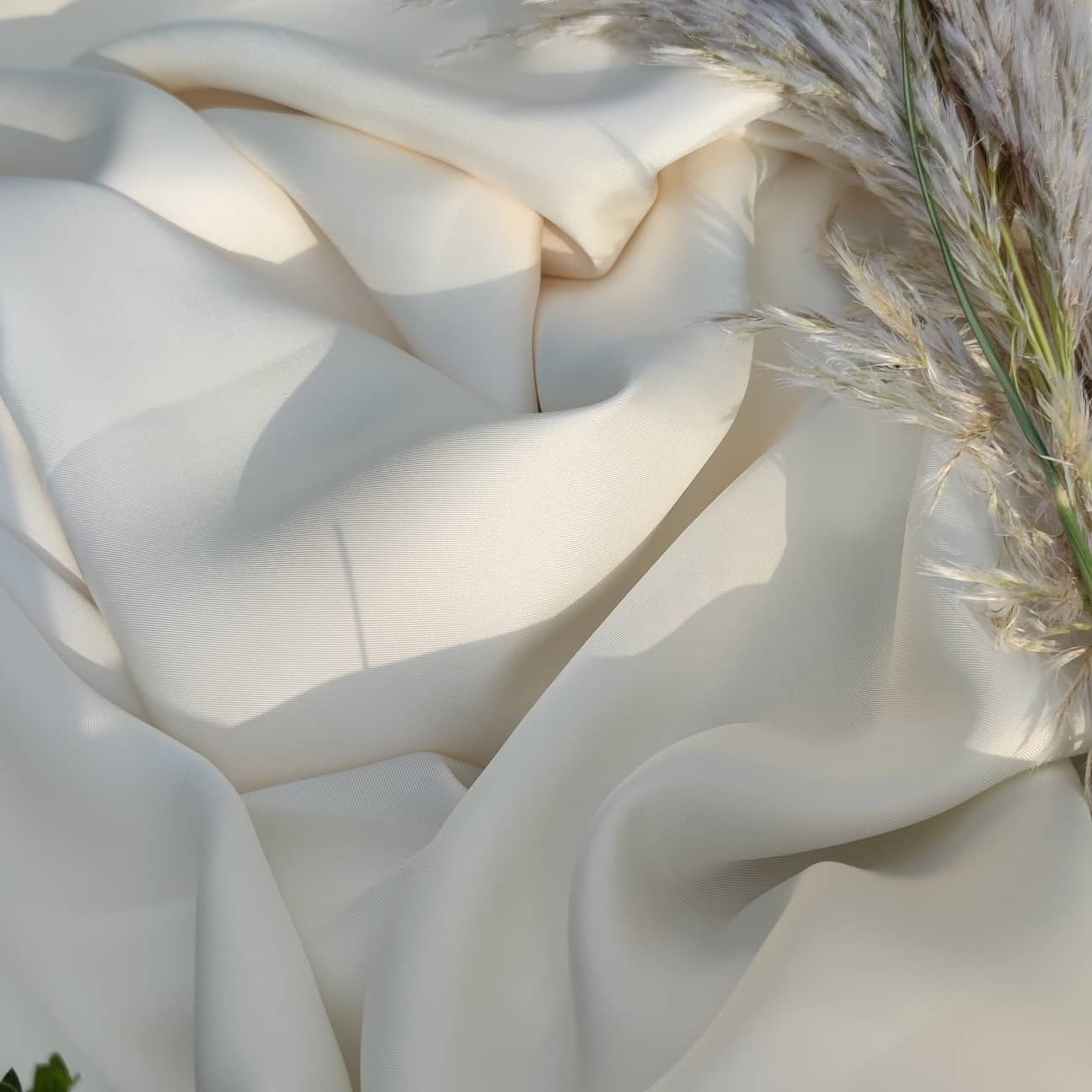
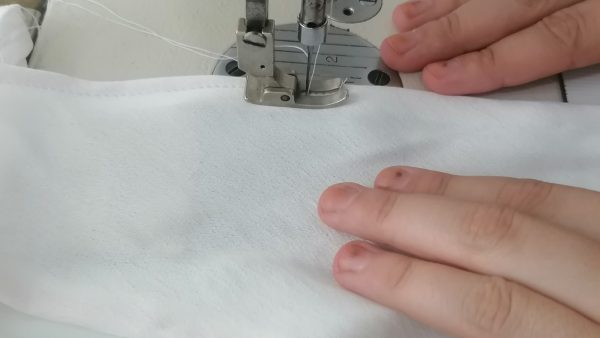

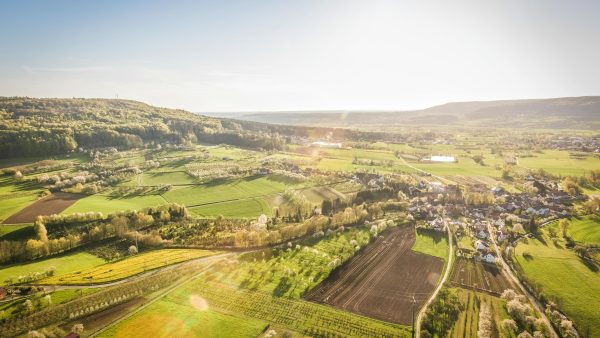
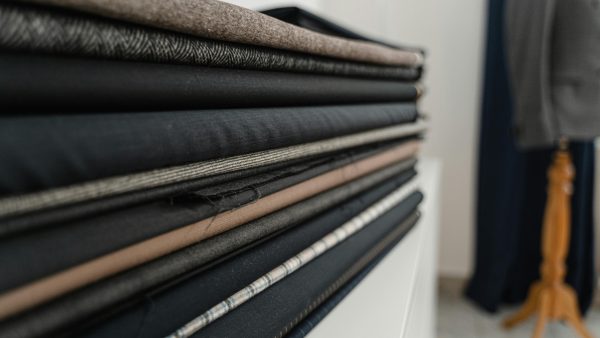

Leave a comment